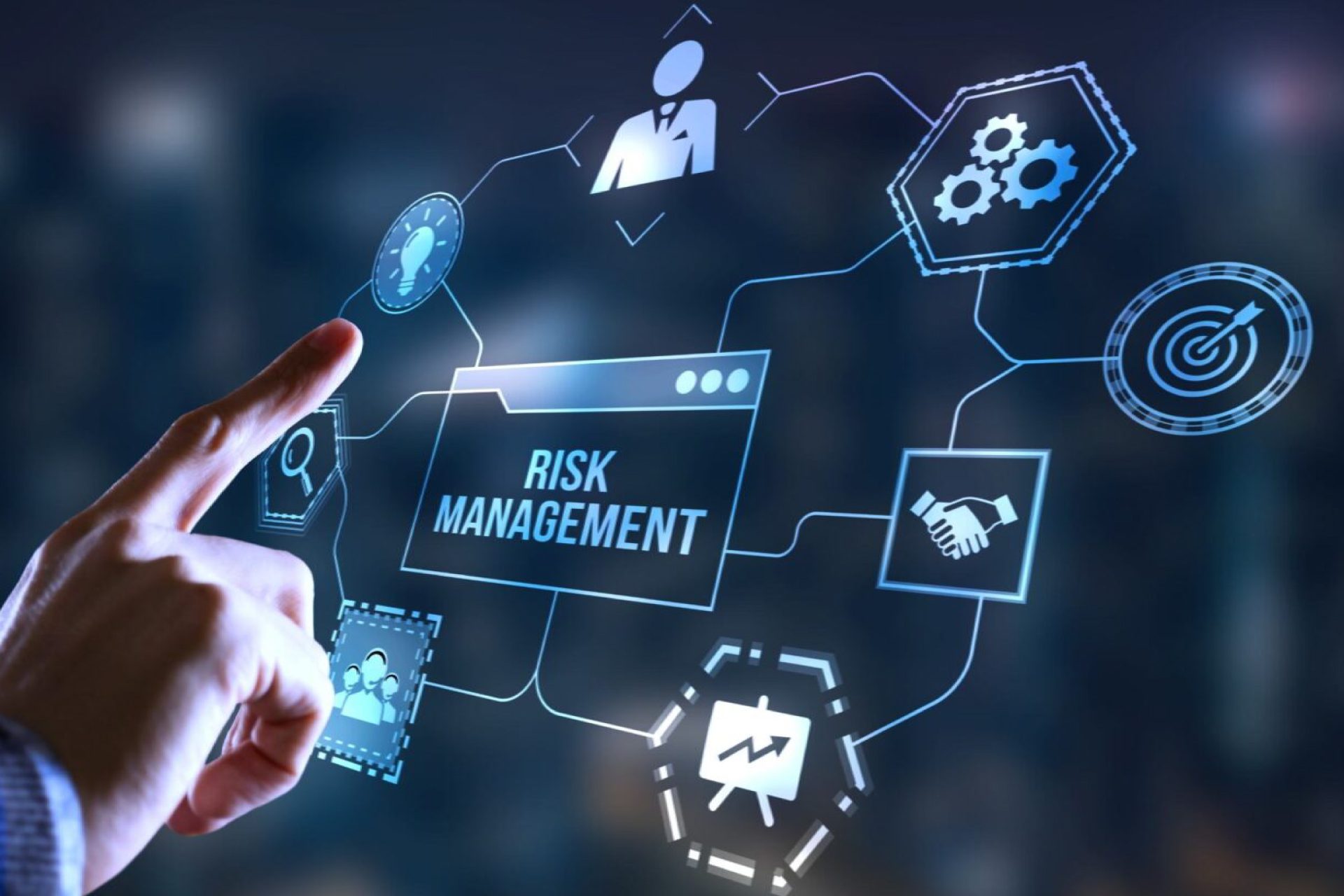In the realm of management, risk takes center stage, shaping decisions and influencing outcomes. What is risk in management? It’s the art of navigating uncertainties, identifying potential threats and opportunities, and developing strategies to mitigate their impact. Join us as we delve into the intricate world of risk management, exploring its concepts, practices, and significance in organizational success.
From understanding the nature of risk to assessing its impact, from implementing risk mitigation strategies to effectively communicating risk information, this comprehensive guide will equip you with the knowledge and tools to navigate the complexities of risk management.
Definition and Concept of Risk in Management: What Is Risk In Management
Risk in management refers to the potential for an event or situation to occur that could negatively impact an organization’s objectives. It encompasses both internal and external factors that can create uncertainty and threaten organizational success.
Types of risks include:
- Strategic risks: Relating to long-term goals and market changes.
- Operational risks: Pertaining to day-to-day operations and processes.
- Financial risks: Associated with financial stability and investment decisions.
- Compliance risks: Involving adherence to regulations and laws.
- Reputational risks: Impacting an organization’s public image and reputation.
Risk assessment and identification are crucial in understanding potential risks and their impact on decision-making.
Risk Assessment and Identification
Risk assessment involves evaluating the likelihood and impact of potential risks. Methods include:
- Risk mapping: Plotting risks based on their likelihood and impact.
- Scenario analysis: Identifying potential events and their consequences.
- Expert judgment: Consulting with industry professionals and subject matter experts.
Prioritizing risks based on their severity is essential for effective management.
Risk Mitigation and Management
Risk mitigation involves developing strategies to reduce the likelihood or impact of identified risks. Techniques include:
- Avoidance: Eliminating or reducing exposure to risks.
- Transfer: Sharing or outsourcing risks to third parties.
- Control: Implementing measures to minimize risk occurrence or impact.
- Acceptance: Acknowledging and accepting risks within tolerable limits.
Risk appetite and tolerance play a crucial role in determining the organization’s approach to risk management.
Risk Communication and Reporting, What is risk in management
Effective risk communication involves conveying risk information to stakeholders clearly and accurately. Methods include:
- Risk registers: Centralized databases documenting identified risks.
- Risk reports: Periodic updates on risk status and management.
- Stakeholder meetings: Engaging with key individuals to discuss risks and mitigation strategies.
Risk reporting provides insights into the organization’s risk profile and supports informed decision-making.
Risk Monitoring and Review
Risk monitoring involves tracking and evaluating the effectiveness of risk management strategies. Methods include:
- Key risk indicators: Metrics that measure risk exposure and performance.
- Regular risk reviews: Assessing the status and effectiveness of risk management.
- Incident management: Responding to and learning from risk events.
Continuous risk monitoring and improvement are essential for maintaining a robust risk management system.
Understanding risk is crucial in management, as it allows for informed decision-making and the identification of potential pitfalls. One area where risk management plays a significant role is in real estate investment trusts (REITs). To learn more about whether REITs can offer a promising career path, you can refer to this insightful article: is real estate investment trusts a good career path . By evaluating the risks and rewards associated with REITs, investors can make informed choices and mitigate potential risks in their investment strategies.
Final Summary

In conclusion, risk in management is a multifaceted concept that requires a proactive and systematic approach. By embracing risk assessment, mitigation, and communication, organizations can minimize threats, seize opportunities, and enhance their overall resilience. Remember, managing risk is not about eliminating uncertainty but rather about understanding, mitigating, and adapting to the ever-changing landscape of business.
FAQ Section
What are the key types of risks in management?
Risks in management can be categorized into various types, including operational risks, financial risks, strategic risks, compliance risks, and reputational risks.
How does risk assessment help in decision-making?
Risk assessment provides a structured approach to identifying, analyzing, and prioritizing risks, enabling managers to make informed decisions based on a comprehensive understanding of potential threats and opportunities.
What is the role of risk appetite in risk management?
Risk appetite defines the level of risk an organization is willing to accept in pursuit of its objectives. It serves as a guiding principle for risk management strategies and decision-making.
